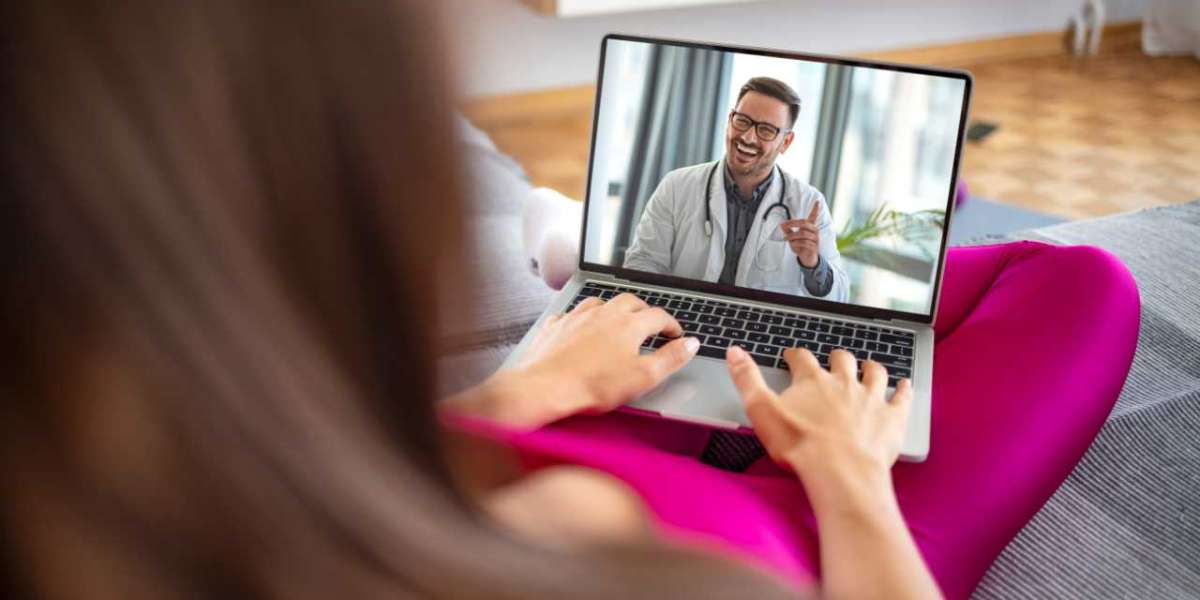Telemedicine is empowering patients like never before, giving them the tools and knowledge to take control of their health and well-being. As the healthcare landscape continues to evolve, telemedicine plays a pivotal role in shifting the balance of power in favor of patients, offering them unprecedented convenience, access, and engagement in their healthcare journey.
One of the most significant ways telemedicine empowers patients is through improved access to healthcare services. Gone are the days of long wait times for appointments or the need for physically traveling to healthcare facilities. Telemedicine enables patients to schedule virtual consultations with healthcare providers at their convenience, reducing barriers to accessing timely care.
Telemedicine also enhances patient engagement by promoting active participation in healthcare decisions. Patients have access to their medical records, test results, and treatment plans through secure digital platforms. This transparency fosters collaboration between patients and healthcare providers, ensuring that treatment decisions align with patients' preferences and values.
Moreover, telemedicine empowers patients to become advocates for their own health. Through remote monitoring devices and mobile health apps, patients can track vital signs, symptoms, and medication adherence. This data can be shared with healthcare providers, leading to more personalized treatment plans and early interventions when necessary.
In mental healthcare, telemedicine reduces the stigma associated with seeking help for mental health issues. Patients can access teletherapy and counseling services discreetly from their homes, fostering a more comfortable and judgment-free environment for discussing mental health concerns.
The COVID-19 pandemic underscored the importance of telemedicine in empowering patients. Lockdowns and social distancing measures limited in-person visits, but telemedicine ensured that patients continued to receive care without interruption. It became a lifeline for individuals seeking medical attention while minimizing the risk of virus transmission.
However, challenges remain in realizing the full potential of patient empowerment through telemedicine. Not all patients have equal access to technology or the necessary digital literacy skills. Healthcare systems and providers must work to bridge these disparities and provide support to patients in using telemedicine effectively.
In conclusion, telemedicine is a catalyst for patient empowerment, offering convenience, access, and engagement in healthcare. Patients are no longer passive recipients of care but active participants in their healthcare journeys. As technology continues to advance, telemedicine's role in patient empowerment is set to grow, offering individuals the tools they need to take control of their health and make informed decisions about their well-being.








